Many people would contend that plastic surgeons are artists. The human body and face are their canvas. The operating room is their studio. And their scalpels, surgical instruments, lasers, fillers, Botox and implants are their brushes and paints. But to be a good plastic surgeon, one must also possess exemplary technical skills. So, who makes a better plastic surgeon — one who is more on the artistic side or one who is more on the technical side? And do patients even ask this question? Our panel of experts weigh in.
Art, Technique, or Both?
Dr. Ashley Gordon of Austin thinks, “patients definitely want to know that you’re creative”. Artists have a reputation for understanding, appreciating and creating beauty because they possess an aesthetic of proportion, which is imperative for any plastic surgeon. In her practice, she’s found that this is really important to her patients. But unless you have the technical skills, training and expertise to back up your artistic eye, it won’t get you far.
Dr. Richard Baxter of Seattle is a formally trained artist whose two passions in college were art and science. Plastic surgery wound up being the perfect combination of the two. For him, the artistic side of his practice is really about creative problem solving. “Not every patient comes to us with exactly the same type of issue,” says Baxter. “Their anatomy is different. We don’t want to get into just a cookie cutter approach to things. We want to view every patient individually and solve their problems.”
Reconstructive Surgery and Creative Problem Solving
Reconstructive surgery even requires creativity in order to solve a completely unique problem . “Every defect you see is going to be a little bit different,” says Baxter. The art is in the details. It’s in deciding which tools to use, and how to use them for that individual patient’s problem or condition. And when that isn’t possible, it’s about creating new tools and techniques. Every new life saving surgical technique, filler, injectable or laser was invented by surgeons and/or medical scientists to break new ground and solve more problems.
Dr. Gordon couldn’t agree more. “I think of all the surgical specialities, [plastic surgery] is definitely the thinking-outside-the-box specialty. We would joke when we were studying for our boards, ‘there’s just no way that you’ve seen every case.’”
In medical school, plastic surgeons are taught how to think and how to operate. Being able to pair expert technical skills with the ability to problem solve on the fly combines to form a true expert.


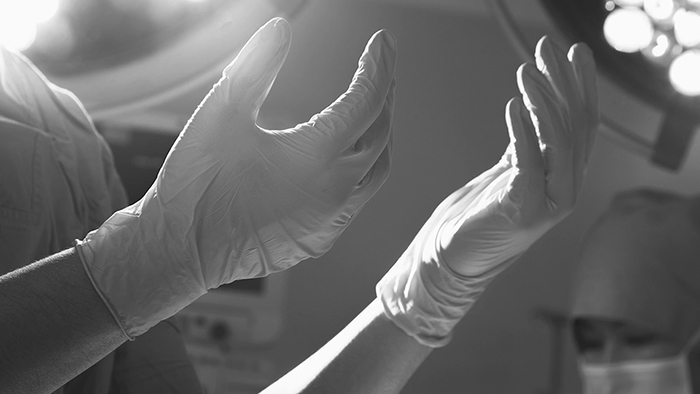

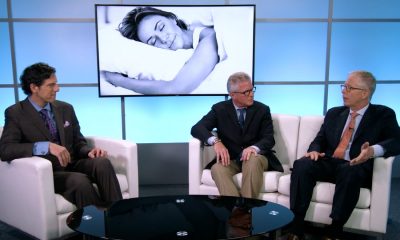
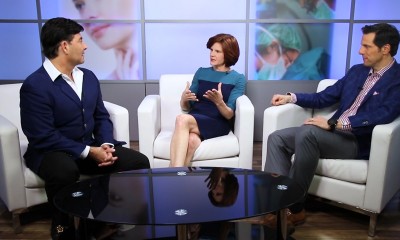

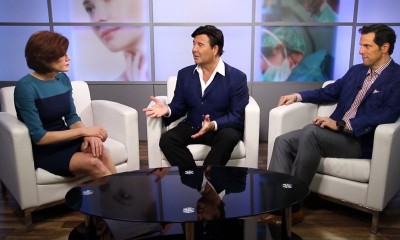
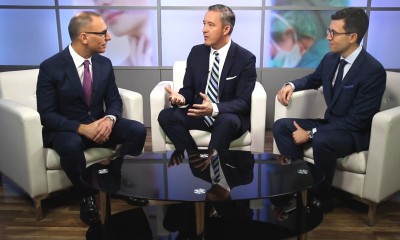
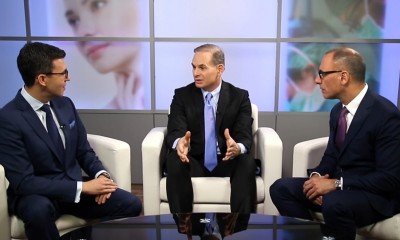
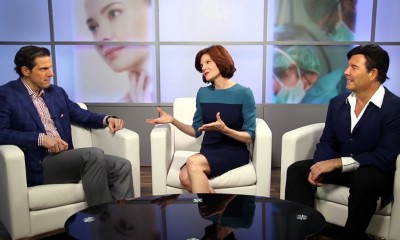
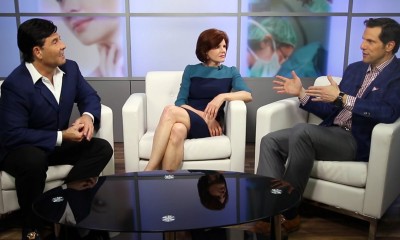
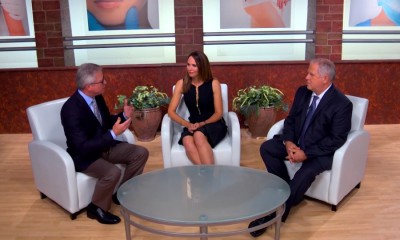




Facebook
Twitter
Instagram
YouTube
RSS